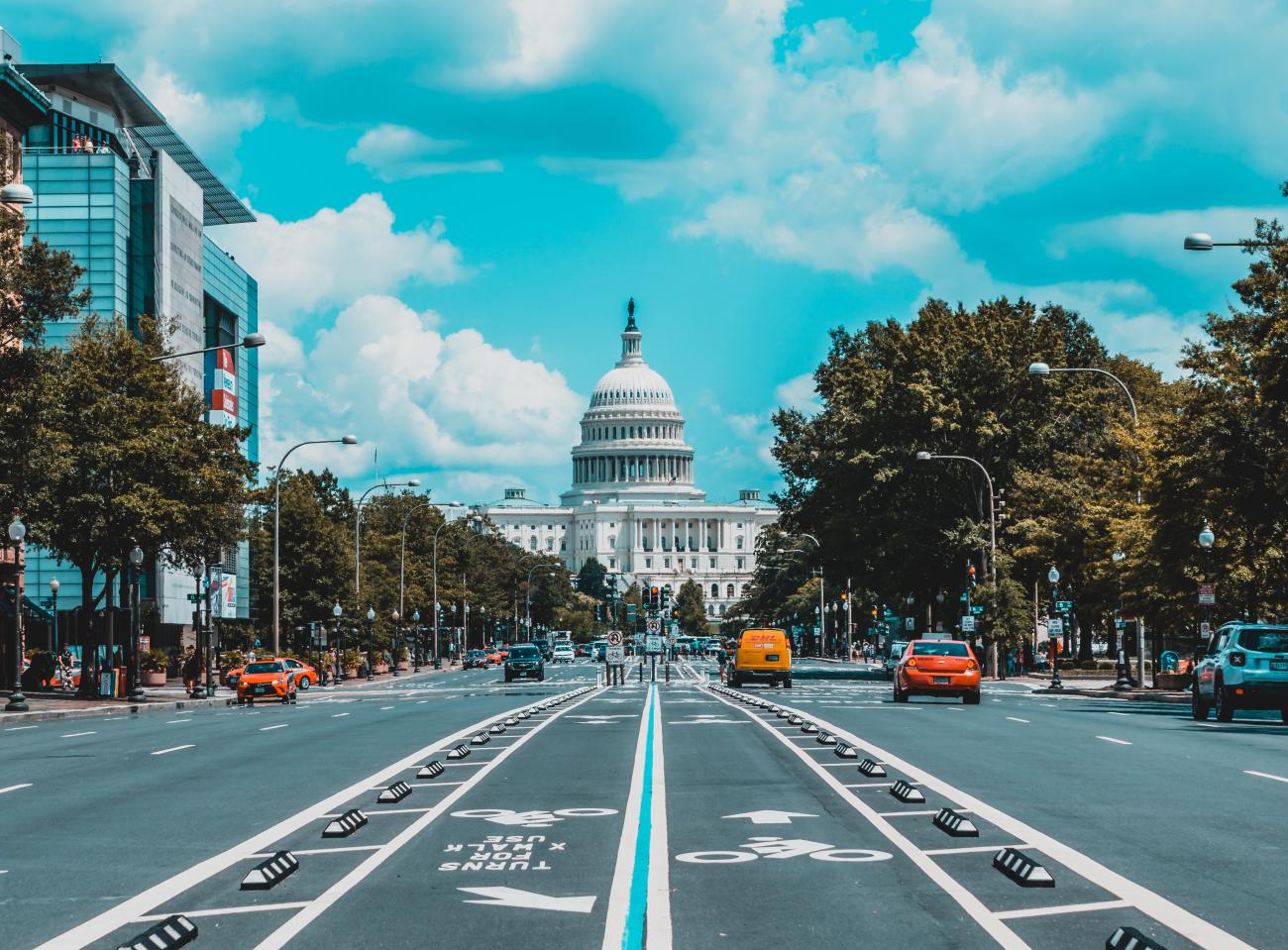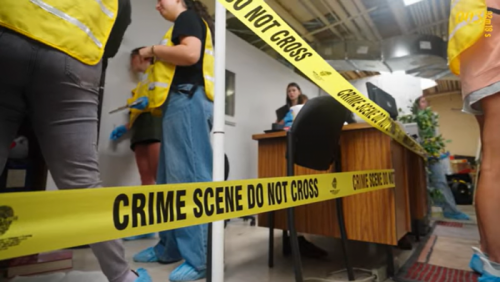Senior Lecturer Closes In On Half-Century of Teaching Investigative Skills
What do dollhouses have to do with sometimes-grisly crimes? They’re a tool that Senior Lecturer Thomas Mauriello used to create dioramas that put students in the middle of fictional foul deeds. In more recent years, his popular “Introduction to Criminalistics” class has taken advantage of three full-size mock crime scenes—an office, a bedroom and a car—that students can step into to hone their fingerprinting, blood splatter analysis and other forensic investigation skills.
“I’m trying to get them to understand how science can help them in the investigation process,” said Mauriello, who’s been an instructor in the College of Behavioral and Social Science’s Department of Criminology and Criminal Justice (CCJS) for nearly five decades.
Join him and his class in the CCJS Crime Laboratory as they ask “whodunit” in this latest installment of UMD’s “Peer Review” video series highlighting remarkable UMD faculty, staff, students and alums.
This article by Maryland Today Staff originally appeared in Maryland Today.
Published on Wed, Oct 23, 2024 - 2:00PM



